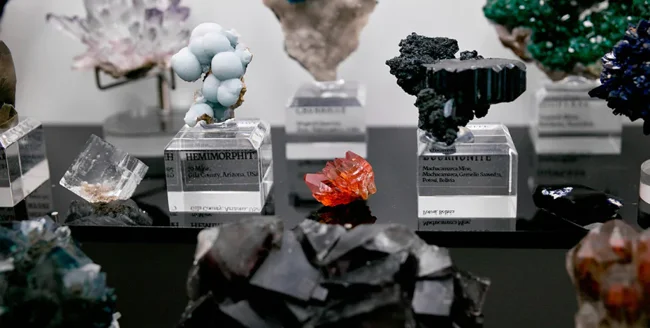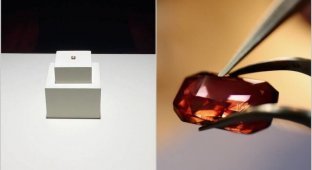One in a million: scientists accidentally discovered the rarest mineral in the world because of an old letter (3 photos)
A simple letter listing fossils in one of the mines allowed scientists to discover a rare mineral and expand their collection. Its discovery is such a rare event that humanity cannot even use it, due to its modest reserves. 
During the standard digitization of an extensive mineral collection, employees of the Bavarian Environmental Protection Agency (LfU) in Germany discovered one of the rarest minerals in the world - humboldtine. The unexpected find was made possible by a handwritten letter from 1949, which was kept in a drawer, which mentioned the presence of humboldtine in coal seams near Schwandorf.
The LfU announced its discovery in a press release in January 2024, and the detailed results will be published in the journal Geologica Bavarica in the future. A simple letter literally revolutionized the scientists' knowledge of the rare minerals they had. 
Humboldtine, as listed in the online mineral database, is a rare mineral made of iron and oxalic acid that appears as small prismatic crystals. It is amber-yellow to lemon-yellow in color and is commonly found in coal deposits and, less commonly, in granite pegmatites and hydrothermal deposits.
Due to its rarity and small crystal size, humboldtine has little practical use. However, it is of great interest to mineral collectors and researchers who study minerals and their properties. Collectors value it for its unique composition and beautiful crystal colors. Scientists study humboldtine to understand the conditions under which such rare minerals form and the chemical reactions that produce them.
The mineral was first identified by German mineralogist August Breithaupt and named in the 1820s by Peruvian geologist Mariano Eduardo de Rivero y Ustaris in honor of Friedrich Heinrich Alexander von Humboldt, a prominent German naturalist and explorer. 
A letter written by a coal mine owner described the presence of humboldtine in the Matthiaszeche mine near Schwandorf. The LfU Geology Department, led by Roland Eichhorn, confirmed the identity of the mineral using X-ray diffractometer and chemical analysis of a sample about the size of a hazelnut. Eichhorn noted that the initial skepticism was due to the rarity of the mineral, since humboldtine had previously only been found as tiny crystals.
However, laboratory analysis provided the necessary confirmation. The specimen will be presented at the Munich Exhibition (Mineralientage München) in October 2024, Europe's premier event dedicated to minerals, fossils, gems and jewellery. Despite the excitement generated by the find, the researchers acknowledged that further information about the mineral's formation in the Schwandorf mine remains unknown due to the mine's closure and subsequent flooding back in 1966.


























